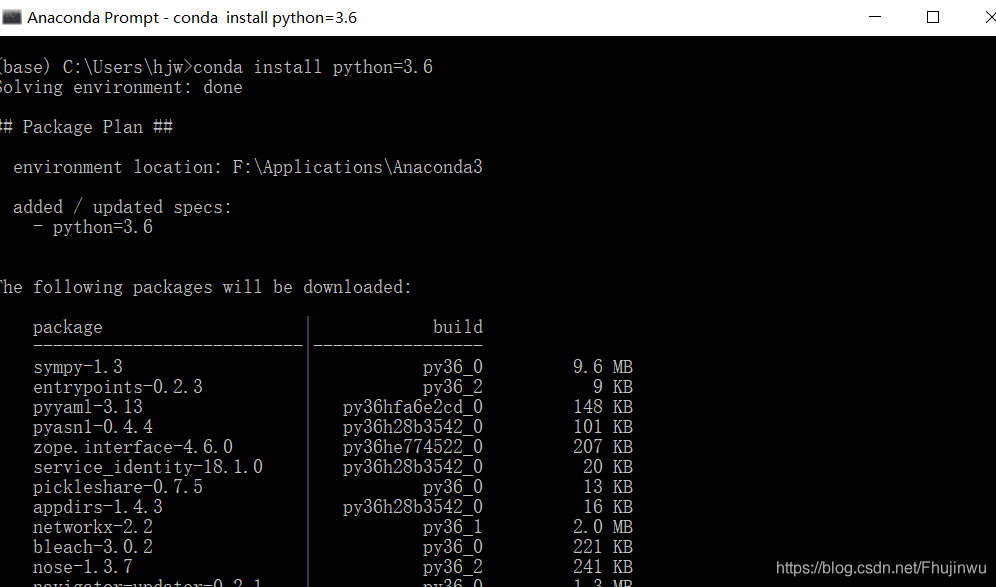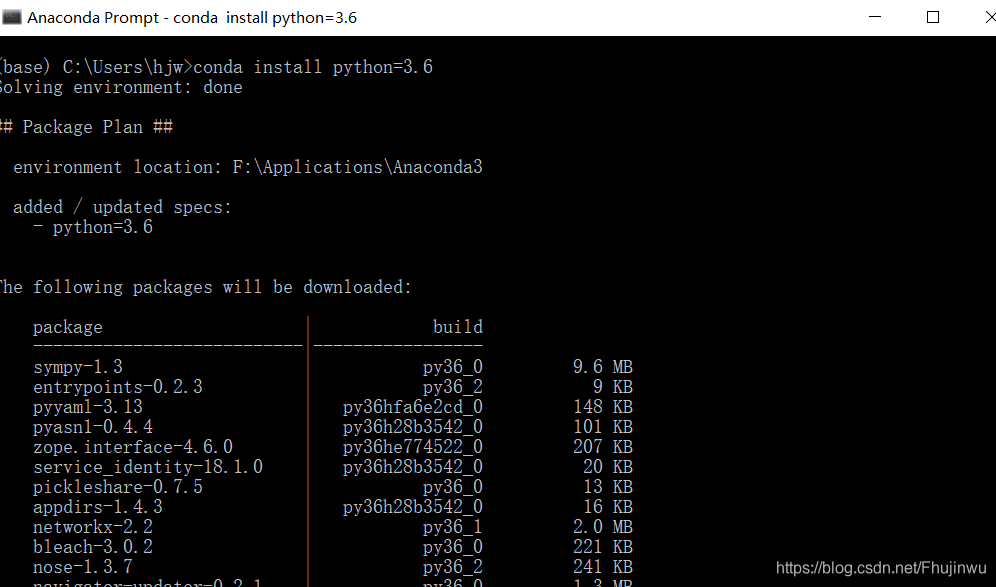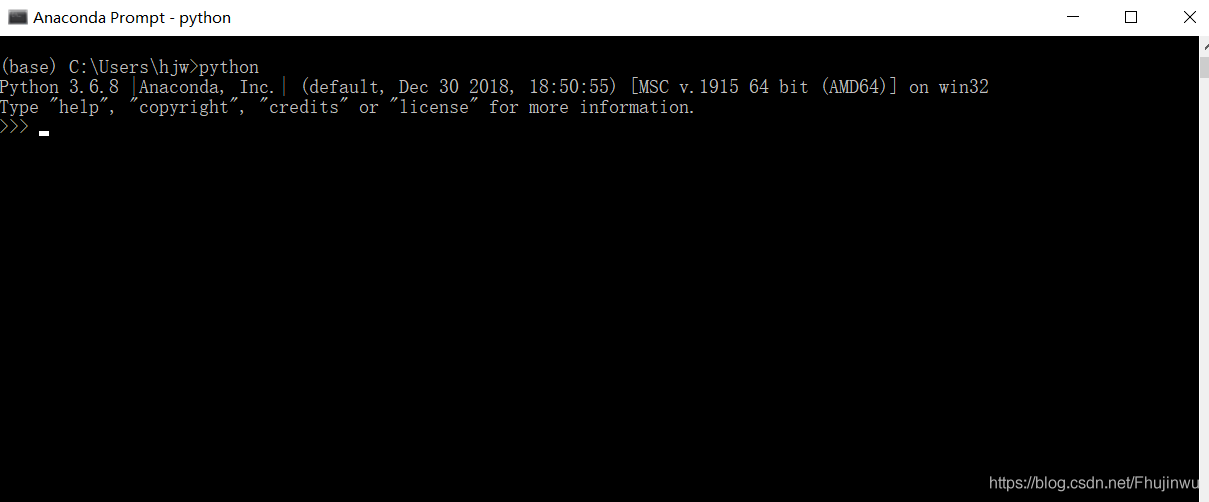A recent download of TensorFlow provided the following: Could not find a version that front-end the requirements tensorflow

After a bit of research, it turned out that Python 3.7 was not supported by TensorFlow in 2019, so I was forced to revert back to 3.6, which was a simple step. You open the Anaconda Prompt, type Conda Install Python =3.6, wait for a prompt (y/n), type y, wait for a few minutes, and the prompt done will indicate that Python 3.7 has fallen back to Python 3.6.



— — — — — — — — — — — — — — — — — — — — — — — — — — — — — — — — — — — — — — — — — — — — — — — — — — — — — — — — — — — — — — — — — — — — — — line — — — — — — — — — — — — — — — — — — — — — — — — — — — — — — — — — — — — — — — — — — — — — — — — — — — — — — — — — — — — — — — — — — — — — — — — — — — — — — — — — — — — — — — — —
August 15, 2020
Some netizens left comments or chatted with me that this method was not successful. Through communication, I learned that many people actually did not use domestic mirror images. So we need to add domestic images first.
Conda source changes:
conda config --add channels https://mirrors.tuna.tsinghua.edu.cn/anaconda/pkgs/free/
conda config --set show_channel_urls yesThe PIP source:
Add parameters after PIP -i https://pypi.tuna.tsinghua.edu.cn/simple
example: PIP install -i https://pypi.tuna.tsinghua.edu.cn/simple pandas
In fact, many laptops have Gpus (I was cheated by someone before that the LAPTOP GPU does not support tensorFlow-GPU, ha ha ha), you can check my new blog to see if your computer supports GPU, and then install the GPU version, because the acceleration of the GPU version of TensorFlow is very obvious. Windows10 system installs tensorflow-gpu (CUDA Toolkit, CUDNN) under anaconda
-- -- -- -- -- -- -- -- -- -- -- -- -- -- -- -- -- -- -- -- -- -- -- -- -- -- -- -- -- -- -- -- -- -- -- -- -- -- -- -- -- -- -- -- -- -- -- -- -- -- -- -- -- -- -- -- -- -- -- -- -- -- -- -- -- -- -- -- -- -- line -- -- -- -- -- -- -- -- -- -- -- -- -- -- -- -- -- -- -- -- -- -- -- -- -- -- -- -- -- -- -- -- -- -- -- -- -- -- -- -- -- -- -- -- -- -- -- -- -- -- -- -- -- -- -- -- -- -- -- -- -- -- -- -- -- -- -- -- -- -- -- -- -- -- -- -- -- -- -- -- -- -- -- -- -- -- -- -- --
Read More:
- KeyError: ‘/home/xxx/anaconda3/lib/python3.8/site-packages/parso/python/grammar38.txt‘
- Anaconda installation opencv Python error solution
- Solution to abnormal errors during startup of Python’s Anaconda
- Can’t find Python executable “D:\python3\python.exe”, you can set the PYTHON env variable.
- Configuration (9) to solve the problem of “setup tools PIP wheel failed with error code 1”, create virtual environments with Python of anaconda
- Python TCP socket programming: send returns broken pipe error?
- Solve the problem of unable to locate package python3.6 when upgrading from python3.5 to python3.6 in ubantu16.04
- Cannot remove entries from nonexistent file /usr/local/bin/anaconda2/lib/python2.7/site-packages/eas
- Python Anaconda Spyder can’t display pictures by using Matplotlib. Error report solution: figures now render in the plots pane by default. To mak
- Python – [encoding] in Python os.system Solution to Chinese garbled code when calling CMD command
- Install anaconda error: failed to create anaconda menus
- The python version output from the command line is inconsistent with the python version in the current CONDA environment
- Python module learning-Paramiko-Use python to throw an exception: Authentication failed.
- Encountered a problem — Python — Python 3 uses Sqlalchemy to report an error‘
- Pychar reported an error. Unable to set the python SDK in Python 3.8. This SDK appears to be invalid.
- yarn install gyp verb `which` failed python2 Error: not found: python2
- The solution to the error of importing CSV from Python to Python
- Python – writing visual interface (Python + pycharm + pyqt)
- Learning notes of Python 3: debugger speedups using Python not found
- Python Basics – python3 installing pyhook and pywin32 Libraries